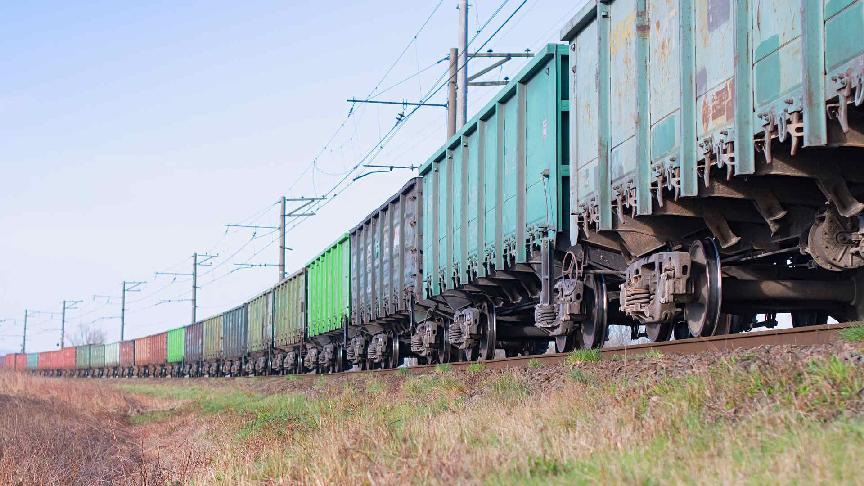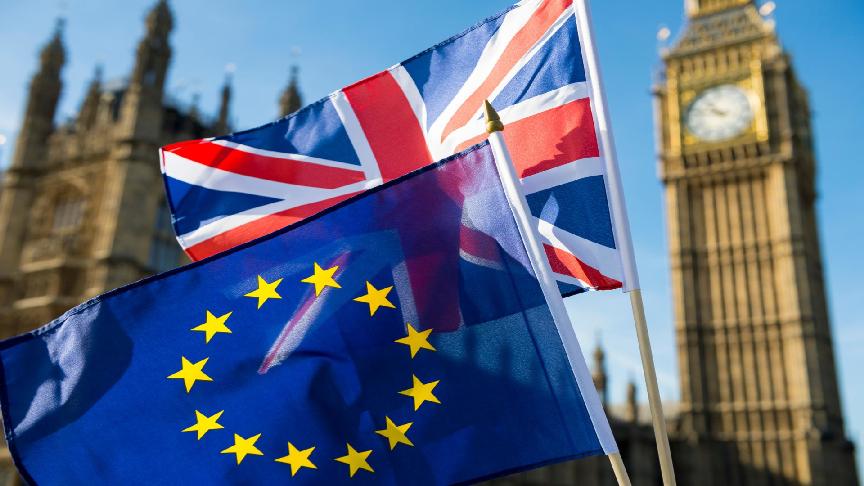The European Court of Auditors (ECA) recently issued a report claiming that the funding and efforts dedicated to improving the modal share of rail transport in the EU “have not been effective.” In a press release published last week, the EU body disclosed that it had invested nearly a billion USD to move freight off the roads and increase the share of rail and inland waterway transport across the region. Yet, the share of EU freight transported by road continues to be significantly higher.
The ECA report highlighted that trains and barges are unable to compete with trucks and lorries, as they remain the most flexible way to deliver goods. About 77% of EU freight is moved by road, and this percentage is “still on the rise,” said the ECA. The report further mentioned that rail and inland waterways moved about 25% of the total inland cargo handled in Europe in 2010. Instead of improving, the percentage dropped by 2020 to 23%.
Considering that trucks are major polluters, it is essential for the EU to encourage a shift from road transport in order to achieve its climate change ambitions. The funding provided for this transition was estimated at nearly USD 1.1 billion for the period between 2014 and 2020. However, the auditors found that “there was no dedicated EU strategy on intermodal freight transport."
According to the statement, the EU body had set a number of targets at the EU level that aimed for 50% growth of rail freight by 2030 and doubling by 2050. The auditors’ review now claims, “The targets were unrealistic, and member states had [their] own targets not aligned to them.”
Another issue that undermined the efforts to increase the share is the presence of regulatory and infrastructure barriers that penalise other modes of transport. The ECA noted that the current version of the Combined Transport Directive is outdated (it dates back to 1992) and ineffective. It added, “Other EU regulatory provisions, particularly those governing road transport, sometimes go against the aim of incentivising intermodality.”
An article by the Journal of Commerce reported that the European rail freight associations and rail freight CEOs issued a joint statement together with the European Parliament’s Transport and Tourism Committee to call for "greater ambition by EU policymakers in accelerating the modal shift." The joint statement highlighted that the modal share of rail transport had not seen an improvement since 2020 and remained stuck at 16.8%.







